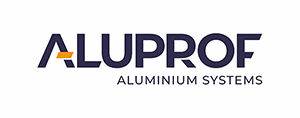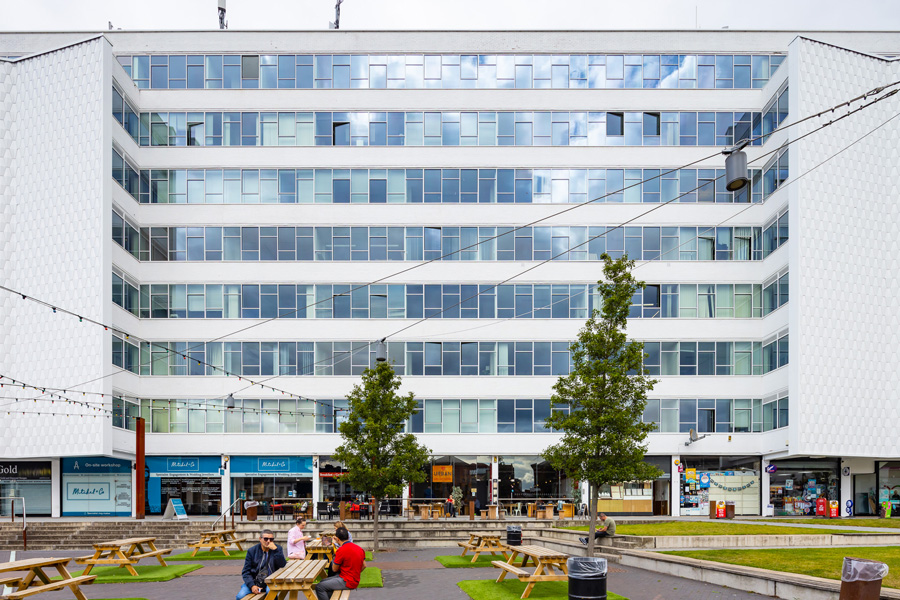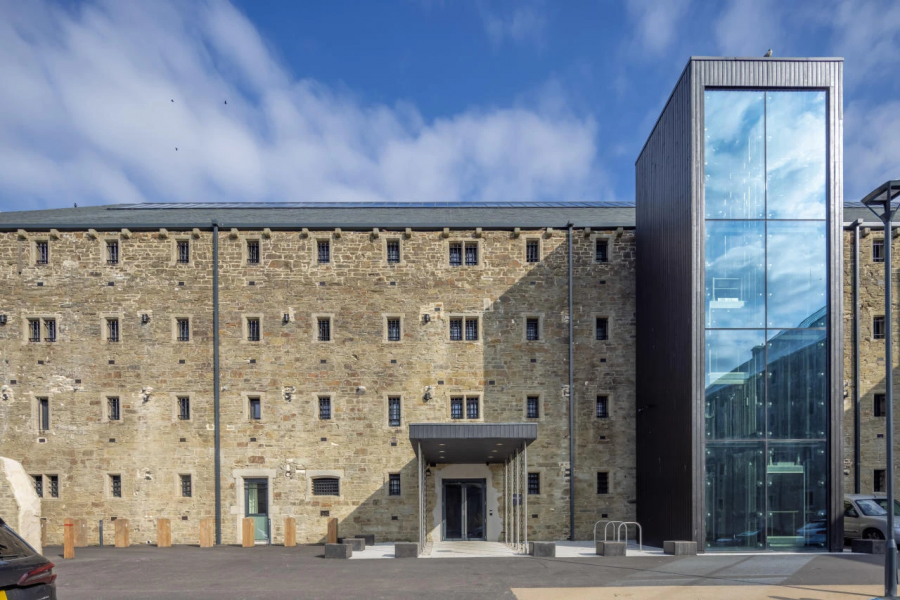By Wojciech Brożyna - MD Aluprof UK
Formed in 2017, the London Energy Transformation Initiative (LETI) was established to review what our capital’s future construction should look like to meet our low-carbon future. Released back in 2020, the Climate Emergency Design Guide has gained extensive support from architects, developers, and professionals in the built environment throughout the UK. It has been downloaded more than 60,000 times in over 100 countries, and its requirements are acknowledged and adhered to by building professionals across the UK. With LETI’s growing influence across the UK, the team behind LETI renamed their network as the ‘Low Energy Transformation Initiative’.
In the UK 49% of annual carbon emissions are attributable to buildings and, with increased cost of energy, there continues to be a great deal of concern as to how people and businesses can continue to heat and power their homes and offices in the future. Whilst the cost of energy has recently stabilised, it will inevitably remain a large part of a future household budget. As the government softens its move away from fossil fuels and legislation in the form of a weakened Document L proposal for 2025, it seems that specifiers in the UK are taking the lead in our transition to a zero carbon future.
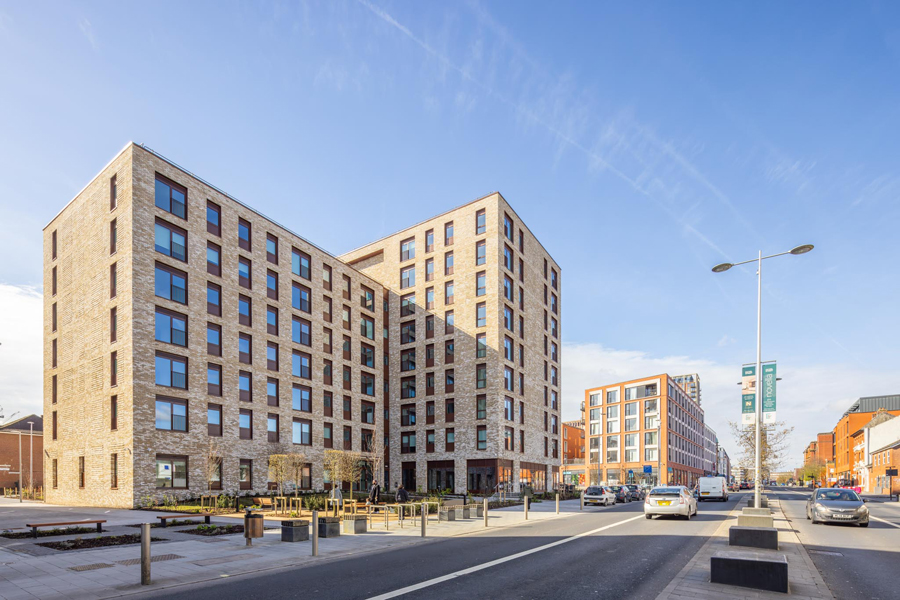
In the past our building professionals have been trying to educate property owners why investing in thermally efficient construction is cost effective, but, with relatively low energy costs, the increase in construction costs has often lead to schemes being cut back in preference to profit. With the understanding of commercial building rating schemes such as BREEAM and LEED it has been proven to businesses that the investment does indeed save costs and demonstrates a business’s commitment to helping save the environment. The same can be said for residential development where homeowners are beginning to realise that a low-carbon, or Passivhaus constructed home offers some form of future proofing and is a good investment. A huge amount has been learned by building professionals over the past twenty or more years on how to design, build and successfully operate these zero carbon buildings.
Aluprof UK are committed to offering specifiers in the UK the very best systems and design support to ensure that specified aluminium fenestration is not only correct for its application, but designed into the fabric of a building to maximise interface insulation. A poorly installed high thermal performance window will lose much of its insulation properties, especially when used in a refurbishment situation unless the building interfaces are redesigned to eliminate cold bridging. Whilst LETI are targeting that all buildings built from 2030 onwards will be of a zero carbon construction, there is a vast swathe of existing buildings across the UK that we need to bring up to zero carbon by 2050 if we are to meet our climate goals.
Aluprof recognises the importance of addressing both embodied carbon and carbon in use within their product ranges. While many manufacturers focus on reducing the carbon content during manufacture, Aluprof goes further by offering Passivhaus-certified, thermally efficient systems. These systems not only reduce embodied carbon but also continue to save carbon once buildings are completed and inhabited, thereby addressing both aspects of carbon reduction.
High thermal performance systems from Aluprof include the MB-104 SI (Passivhaus Certified) windows and door system and the MB-SR50N HI+ (Passivhaus Certified) curtain walling system. The Greenhaus project, recently completed in Salford is a Passivhaus residential construction which uses Aluprof’s MB-104 PASSIV SI windows and MB-TT50 curtain wall. The project was designed by Buttress Architects and completed by Eric Wright Construction.
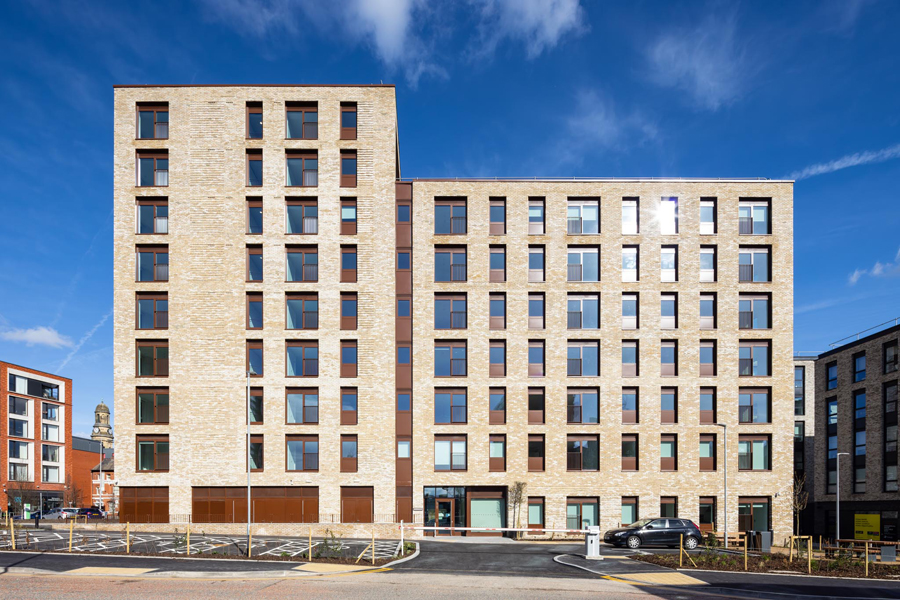
The European group have long been recognised for providing Passivhaus certified products with Aluprof UK being active members of the UK’s Passivhaus Trust. Support using these systems is freely available to specifiers and includes design advice and modelling of installations to gain the very best building performance.
A recent addition to the Aluprof portfolio is the MB-79N system which is available in three thermally efficient variants. The economical version, MB-79N E, features a one component central seal. The MB-79N ST version is offered with a two component central seal and the MB-79N SI variant is provided with a two component central seal along with inserts of thermal insulation cores. For external doors, Aluprof also offers the MB-79N SI+ variant that comes with an internal perimeter gasket and insulation cores inside the profiles. This new system achieves a 0.83 U value with triple glazing and a 1.2 U value with a double glazing option.
Whilst high performance curtain walling, windows and doors can greatly assist in thermal insulation, especially when specified with high performance glazed units, it should be remembered that there are also additional products that may be used to enhance thermal stabilisation of a building space. Solar shading, or brise soileil, can offer sun shading of glazing helping to reduce solar gains. Solar shading can take the form of fixed louvres or external Venetian or roller blinds. Enhancing thermal insulation, roller shutters can be added at the design stage to external window reveals, furthermore, shutters can also offer enhanced building security, especially at ground floor level. Aluprof offer a wide range of additional products that can be discussed with the specified options during the early design stages.
Aluprof are proud to be one of Europe's largest aluminium systems companies. Specification support is available through the company’s website at aluprof.co.uk, directly from their UK head office in Altrincham or from their London office at the Building Design Centre by phoning +44 (0) 161 941 4005.










